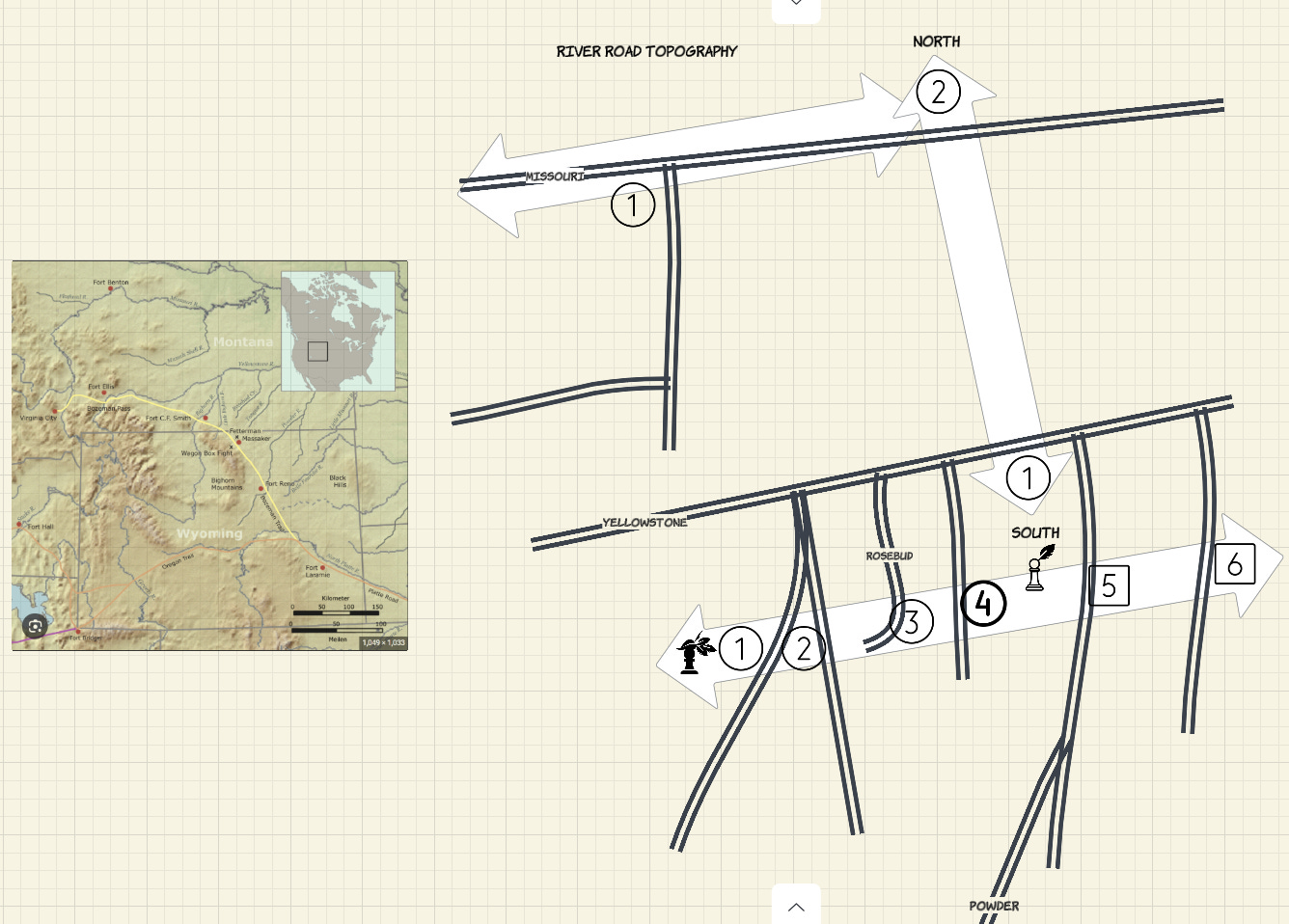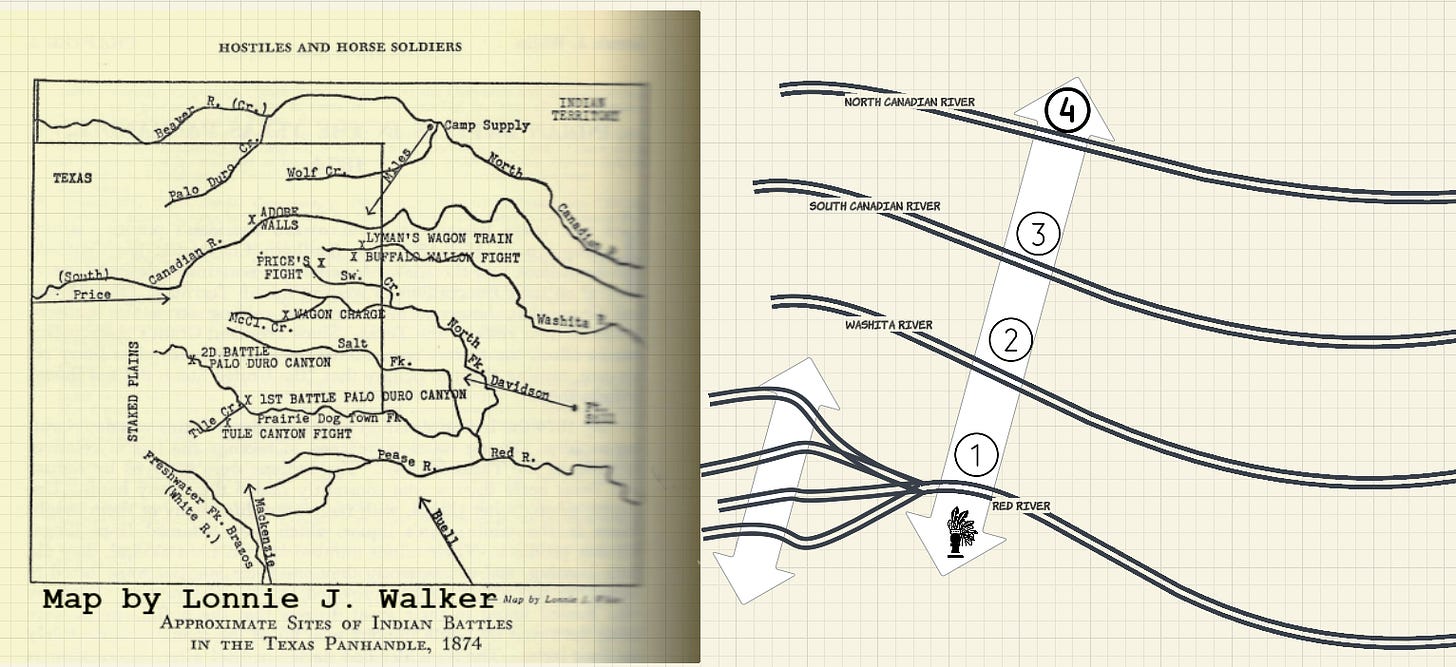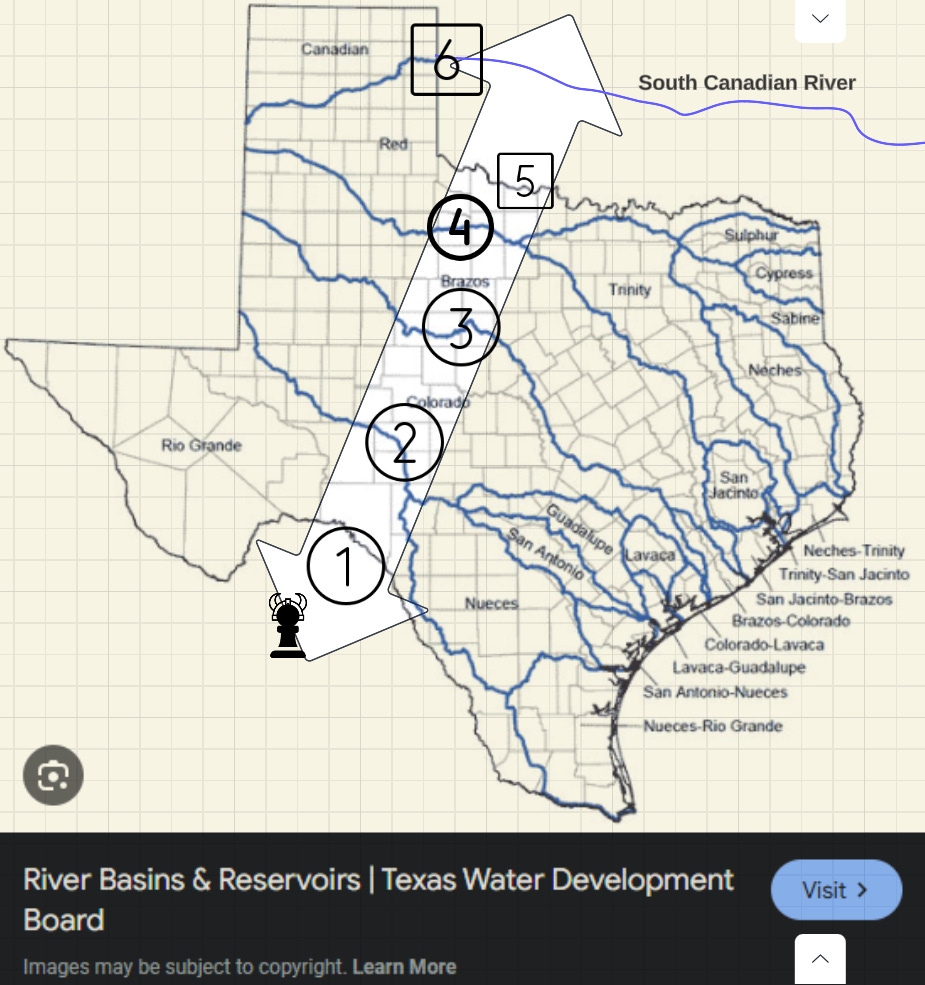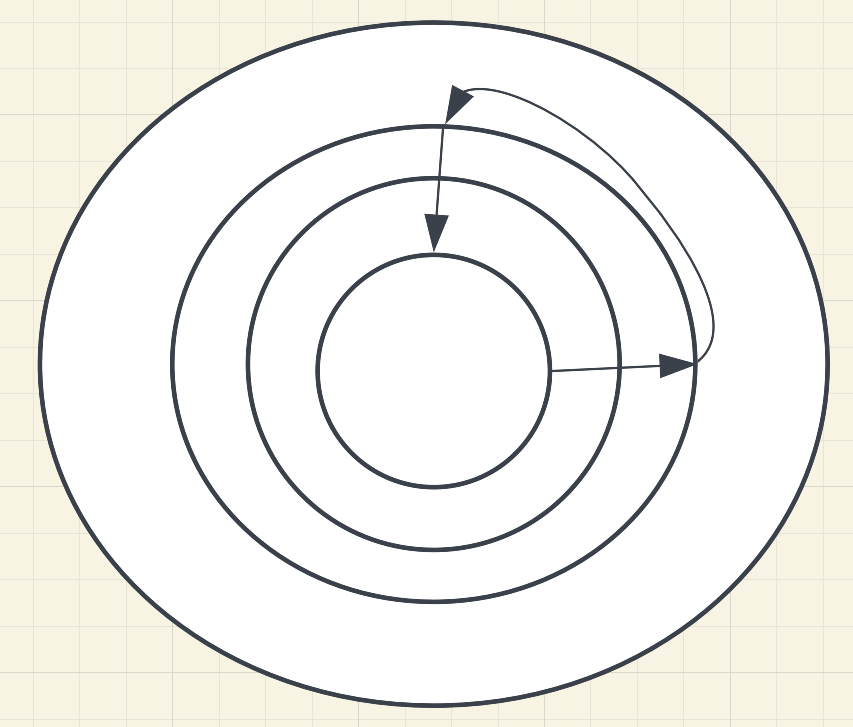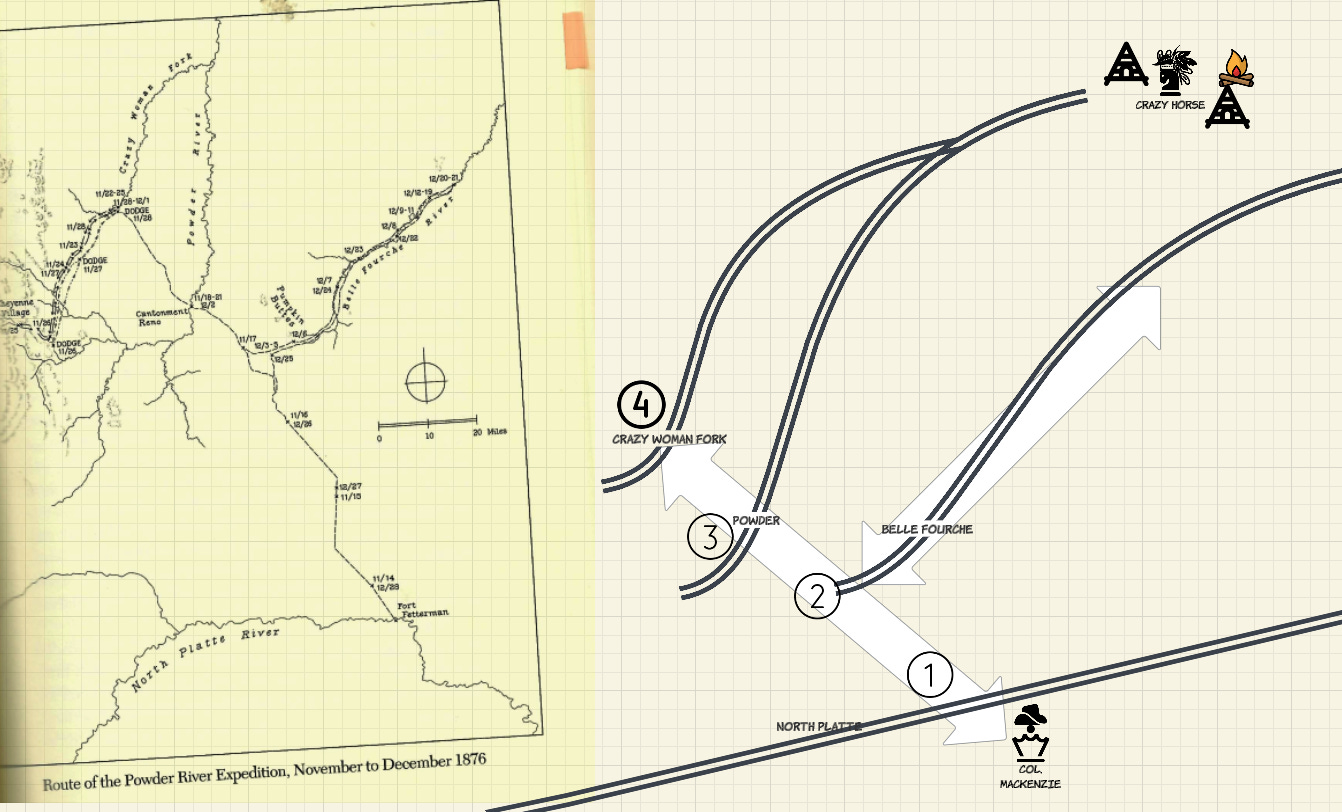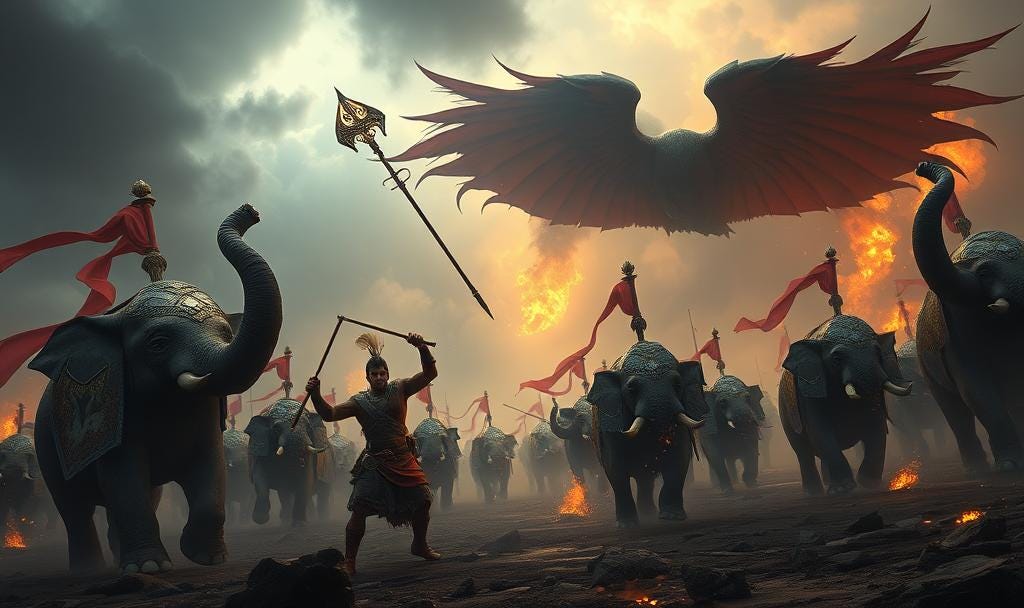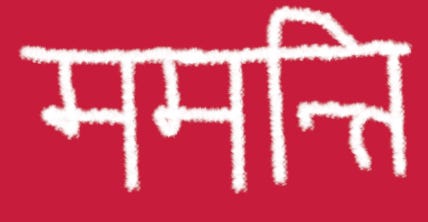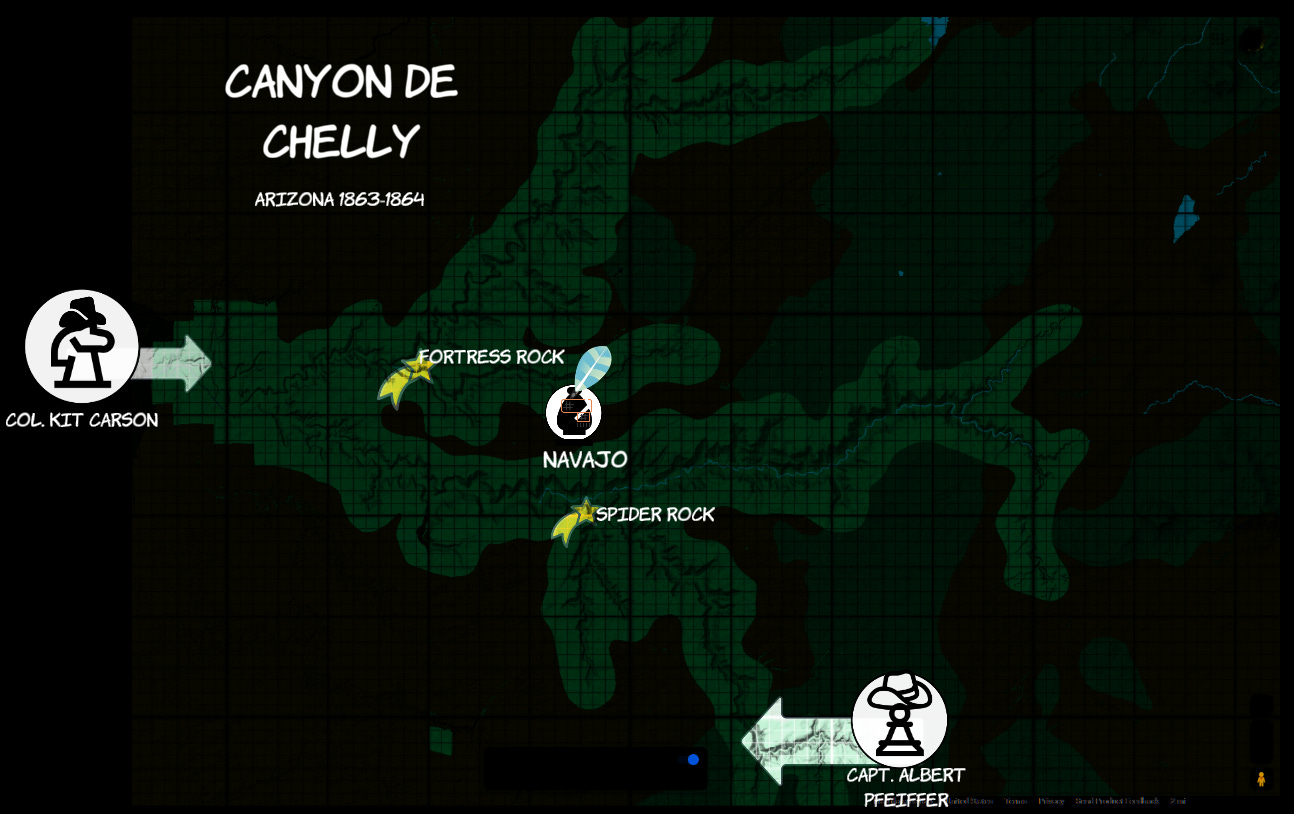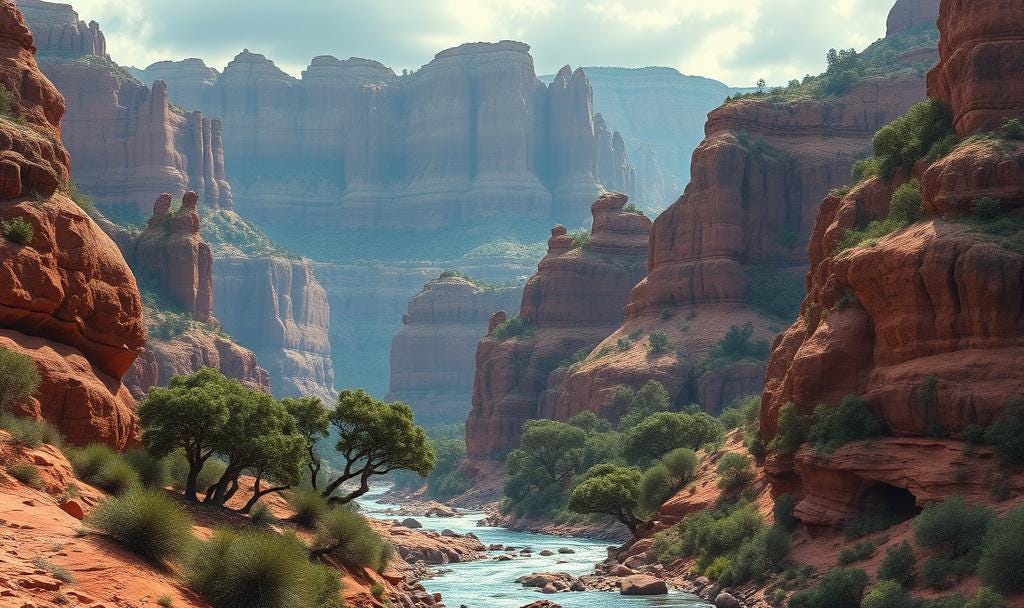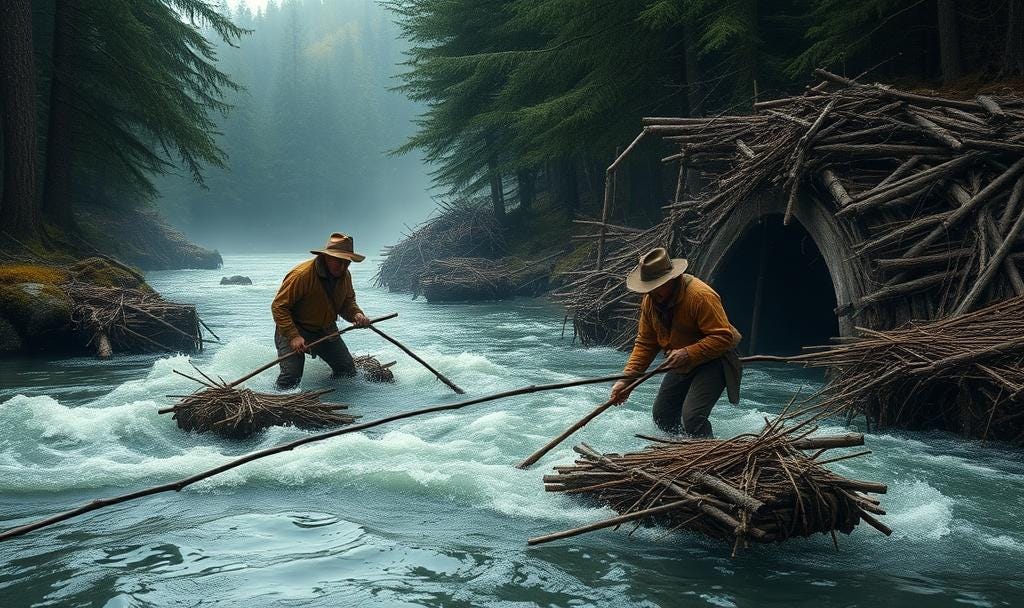400 Years War Appendix Notes
Stray Parts & Last Thoughts on the Maps Project
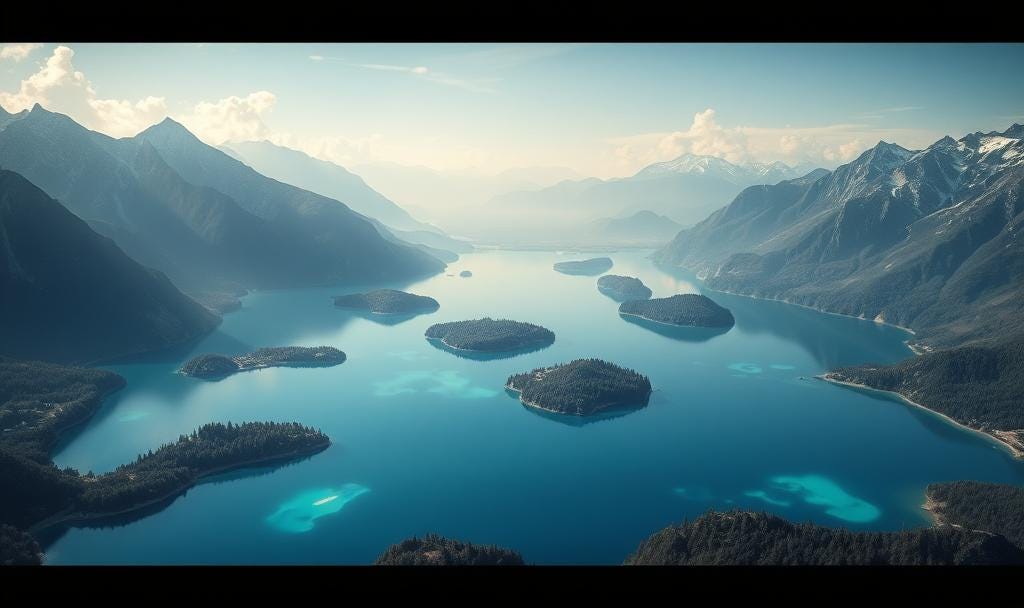
A few more notes from the books
River vs. Roadway Direction Sense
As Napolean ordered the city of Paris rebuilt into a grid, so that artillery shells could be brought to bear in its defense down fired down long straight streets, so too modern America is built along military strategy. The Eisenhower highway system is, of course, built with defense in mind after WWII. The Leavitt suburban model was built with nuclear war strategy in mind - by spreading the population out in diffuse networks rather than concentrated into a city assured less casualties if a city was nuked.
Modern American geography is rendered by a geometric grid of the state boundaries and the Eisenhower highway as our urban areas are similarly laid out in grids. In modern context, the Dakotas, Montana, Wyoming, Nebraska, Oklahoma, Nevada, Arizona, New Mexico states read as big block north-south by east-west grids. I-15, I-25, I-35, I-45 and so on. Where the grid road meets the Rocky Mountains creates an interesting bulging plane in the grid system, but one that is still navigable by east west north south highway veins.
To a warrior on foot and horseback back in the day, river landscape is navigated along arterial branched waterways, our sense of modern geography - aligned on the straight planes of artillery shells, tanks and landing strip planes for mobility over a territory - would be meaningless.
North American Continent rivers run in arcing parallel bands. This lends itself to a circular sense of direction and geography that is quite different from the grid-based autocentric thinking of modern times.
The famed Niobrara, Republican, North Platte, South Platte Rivers to the north of these that form another set of steps further north in Sioux country. And to the south the Texas panhandle -
The Comanche world mapped up a set of north and south staircase steps between rivers through Texas.
A circular city (like Amsterdam) is navigated by knowing how many canals one crosses or needs to cross in or out to get to a destination. Direction sense progresses relative to a center rather than cardinal coordinates, as in a grid. In a circular design, one does not move north or south, the move away or toward the center. In a circular pattern, to continue going the same direction when lost may get you back to where you started. In the grid, going the wrong way just takes one further way.
Until Napolean’s re-write of Paris triggered a wave of copycat design throughout Europe, many European cities were laid out in unplanned, emergent, overlapping onion like designs.
Consider, one finds their way in a grid by cardinal direction. If one overshoots in a grid, one may just turn around. We navigate the country by grid roadway in modern times. But back then, soldiers and warriors knew landscape by riverway.
The fundamental point is to express the sense that in the context of the America’s 400 Years War, when armies crossed major rivers they penetrate deeper into Indian territory. The armies moved laterally up or down rivers and tributaries to find and attack camps were assaults along a perimeter.
The natives camped along riverbanks, whether in the plains or deep in the canyons they cut further west. The deeper into a territory an army penetrated, the wilder and more hostile the warriors - but the camps were found along its waterways and by traversing their lengths. The natives could tolerate, that is endure and continue to fight despite losses, perimeter attacks to a certain depth. But there was a threshold that once penetrated destroyed the will to resist in one stroke.
In the Powder Springs Expedition, Mackenzie went four rivers deep into Cheyenne territory before heading down the Crazy Woman Fork down onto the Cheyenne camp in the Red Forks tributary into the Bighorns. The Cheyenne were not suspecting any troops to come from that direction that deep in their territory. After the attack on the Black Star’s Cheyenne camp, Mackenzie traversed up and down the Belle Fourche River from the Black Hills. Mackenzie’s target was Crazy Horse, who they never found, but who nonetheless surrendered as the implications of ‘Bad Hand’ Mackenzie’s attack on Dull Knife’s camp rolled over everyone.
Major Forsyth’s movements before the Beecher Island battle progressively widened by successive expeditions that penetrated deeper and deeper by crossing more rivers until the disaster at the Arivaipa creek that was several levels deep into Cheyenne territory from base camp.
…
The film Meek’s Cutoff presents a depiction of what being lost without a river-based direction sense meant in the plains. The men struggle with the decision to go south or north and have no sense which way to go to cross a river. One does not want to wander long in the dry stretches of land between river bands.
The Apache Telegraph
“When Cruse and the command reached Cooley’s Showlow ranch on their return to Fort Apache they were astonished to learn Cooley already knew about the battle and its outcome. The Apaches told him, who learned of it through the mysterious ‘Apache Telegraph.’ - Worcester pg. 257
I found very little online about the ‘Apache Telegraph’ and only mentioned by some of the historical source text. The telegraph is a fascinating tidbit of the Apache history. The historical texts reference some of the unexplained and uncanny ways members of the Apache would have sight of events happening far away amongst themselves. Geronimo the medicine man was a foremost individual famed for having foresight. Just thought it warrants mentioning as a point of interest to the Apache mystique.
Blackfoot takes Sitting Bull Prisoner
In a no way! tale, Blackfoot Chief Joseph White Calf relates a story about famed Sioux Hunkpapa chief Sitting Bull. The Blackfoot Chief did not think much of Sitting Bull, charitable to say he thought Sitting Bull was a front-running coward who earned a big reputation behind a barrage of guys that did the real fighting. The Blackfoot Chief reasonably pointed out that many famous war chiefs stayed alive long enough to earn reputation because they were savvy to stay out of danger in actual fighting of battle.
There is also the legend of Mad Wolf. This happened on a trip into Flathead territory.
“We were heading down the western slope of the mountains and spotted a bear coming up the trail. Mad Wolf said, ‘watch this.’ We hid in the brush. Mad Wolf stripped down to his breech clout and moccasins and lay down in the trail with his knife in hand. Mad Wolf lay still. The bear almost stepped on him before noticing him. The bear began to sniff him. The bear pawed at Mad Wolf, and at this point Mad Wolf plunged his knife into the bear’s underside and ripped the animal open. The bear fled, its innards dragging. Mad Wolf soon overtook and finished it off.” - Piegans pg. 281
In connection to this I recall a coffee shop question, could the stories of Bhimasena Pandava (of the Mahabharata) clubbing elephants be true? Could it be possible for a human? Yes, this is evidence for the extraordinary potential of humans. Mad Wolf’s unthinkable frame to treat a random bear as a toy for his martial skills is evidence that its possible. Adding bronze age metallurgy and thousands of generations, it’s not hard to imagine a generational talent Wilt Chamberlain sized individual being born into that tradition and chasing and battering herds of elephants.
Could it happen vs. did it happen is a separate question. As it happens.
Sherman’s Omen
“In 1871, an owl hooted in Texas. Medicine man Mamanti predicted two parties would pass by. The owl’s hoot meant the first party should be allowed to pass by without attack, but the second should be attacked. The first party consisted of 18 people, including General Sherman, and was not attacked. They attacked a second party, consisting of 10 wagons and 12 people, killing several.” Olson. page 67
Olson’s Wild Frontier unearthed this neat bit of history that relates to
where General Sherman and Inspector Macy passed by the site before Satanta and Big Tree’s attack on the teamster wagons.
Navajo Conquest
Kit Carson, like Jim Bridger or the Bents, was a ubiquitous figure in the west and Indian wars. Carson fought the first Battle of Adobe Walls. We detailed the second Battle of Adobe Walls in the Comanche series. https://crackpot.substack.com/i/153178371/adobe-walls-ii
Carson’s conquest of the Navajo was a sorry, depressing career ending affair. Carson tried to resign from the military before the Navajo campaign, but General Carleton roped him back in. Carson was aged by this point in his career, had no enmity with the natives and was dying from heart damage incurred by a falling a horse. (Just when you think you’re out, they pull you back in!)
Kit Carson led a scorched earth campaign against the Navajo. They burned or consumed Navajo crops, lodges and destroying the vast orchard of fruit trees that were at the floor of the Canyon de Chelly. By piercing the canyon and destroying their crops, the Navajo were defeated similarly to the Apache, Comanche, Cheyenne and Sioux by a single demonstration of the capability to strike them in their heartland as discussed https://crackpot.substack.com/i/155111335/defeated-by-supply-chain-logic
Following this defeat the Navajo moved to General Carleton’s Quixotic Fort Sumner reservation.
Carleton’s dream for this reservation seems to have been borne of glib romanticism and a genuine belief in a salvation. Carleton’s ambition as a young man was to become a writer, so there was a bit of a dreamy quality to his shallow thinking.
It seems General Carleton had an experience at the site called Bosque Rodondo near Fort Sumner. That is to say, have you ever been some place and for whatever reason the place was enchanting for you that day even if there was nothing particularly special about it? Just like everything was more vivid in that place and it lifted you in some way. Like you wish you could just stay there forever somehow. That’s what seemed to have happened to General Carleton at the Bosque Rodondo - he had an enchanted experience camping there once and after that Carleton felt the Rodondo was an idyllic place. That idea led him to push a doomed reservation unto the unwilling Navajo and the deaths of many Navajo through privation and suffering. A mid General’s half-baked notions do not chop wood and draw water, as they say. Fortunately, after a few years of misery the experiment was allowed to fail and Navajo permitted to return to their homeland where they have a reservation today.
Two men struggle in a fast rising current to save their traps.
A swell of water smashes a beaver trap that has torn loose from upstream into one of the men's heads, knocking him out cold. The unconscious man falls into the swiftly rising current, drowning.
'Beatty! Beatty!' one calls.
In a moment the fast current carries the man away.
Beatty? Hmm.
Pronounced like the actor Warren’s surname.
Beauty? Maybe Charley-pan.
A charlatan like Charleton the whose 'great work' was alkali.
References
Sides, Hampton. Blood and Thunder. Anchor, 9 Oct. 2007.
Worcester, Donald E. The Apaches. University of Oklahoma Press, 8 Apr. 2013.
Thrapp, Dan L. The Conquest of Apacheria. University of Oklahoma Press, 15 Dec. 1975.
Osborn, William M. The Wild Frontier. Random House, 18 Nov. 2009.
Vestal, Stanley. Warpath. U of Nebraska Press.
Lancaster, Richard. Piegan. 1966.

